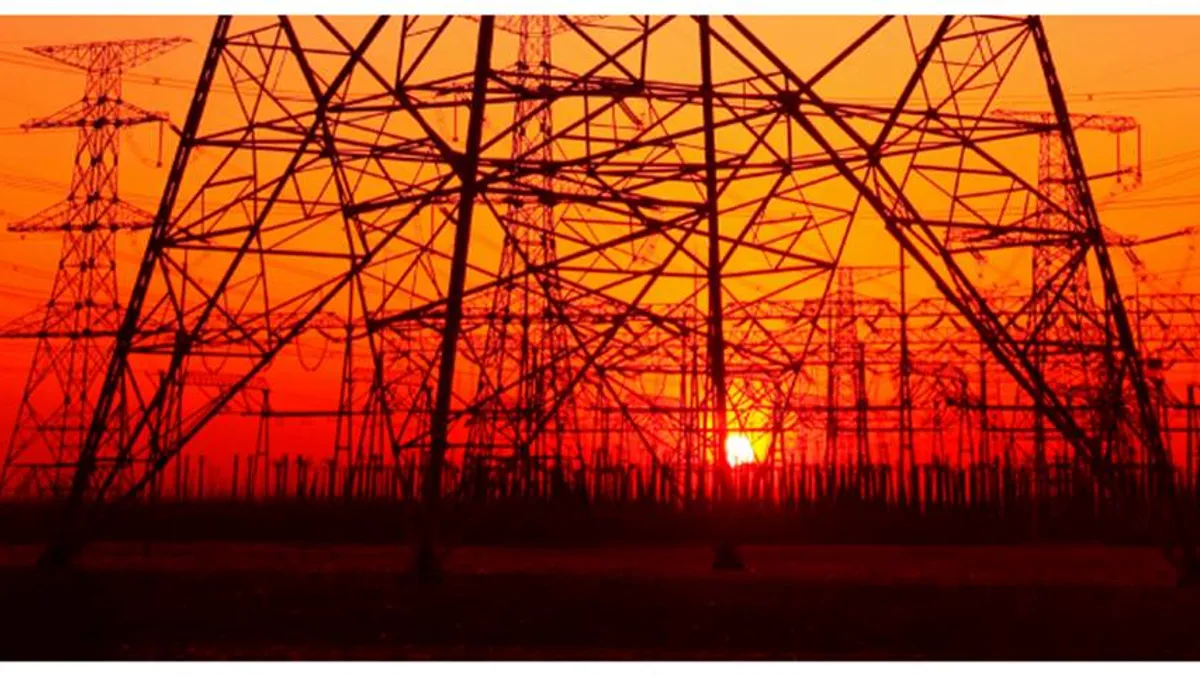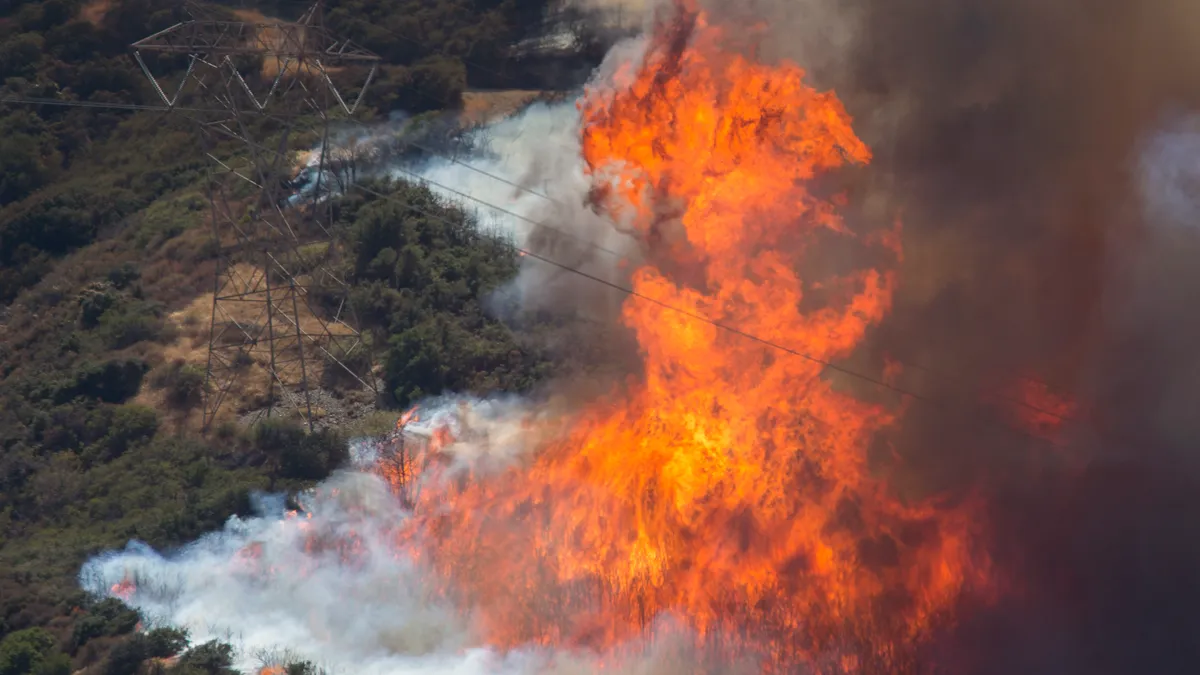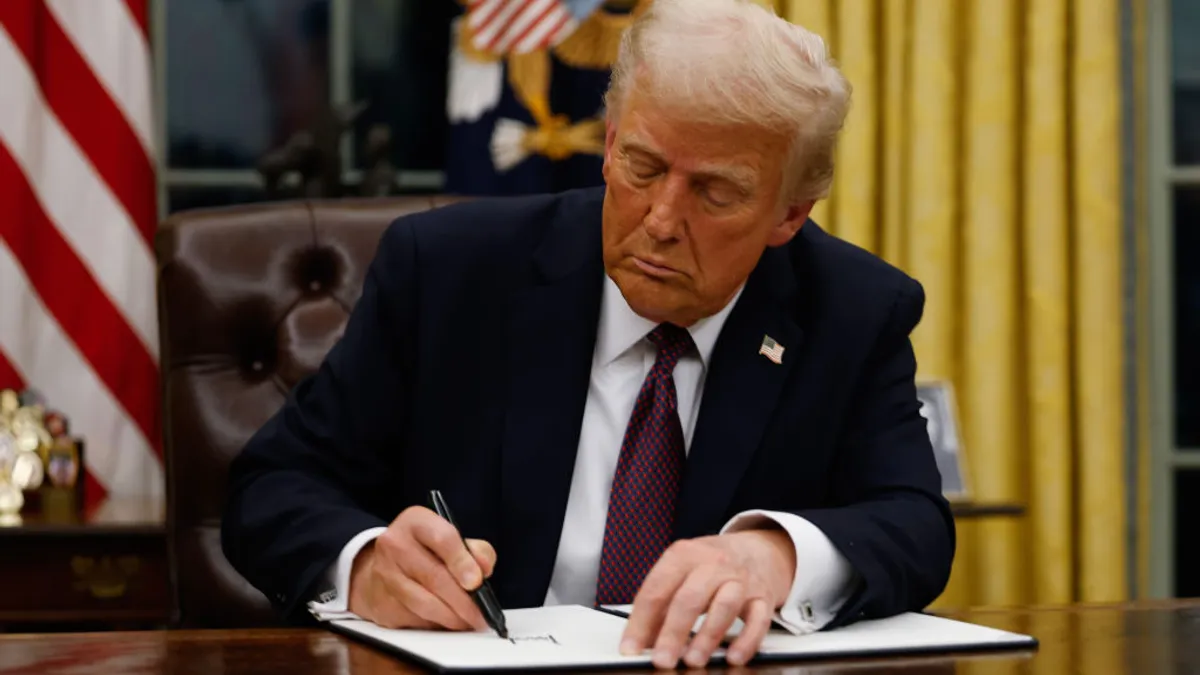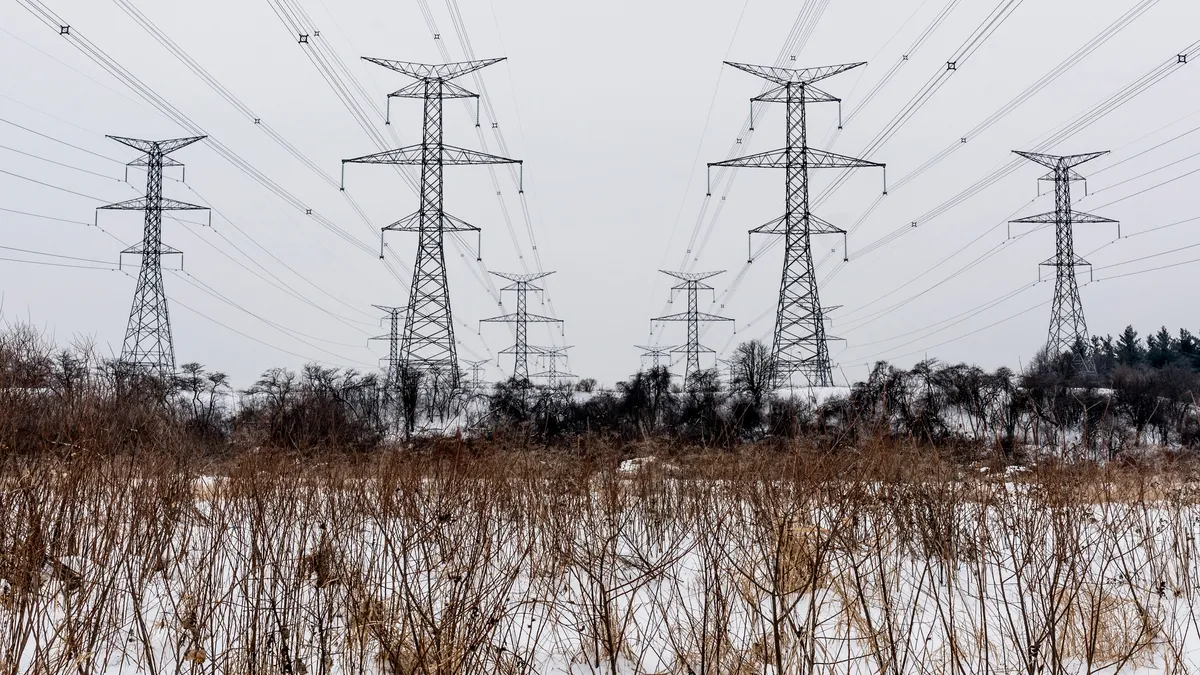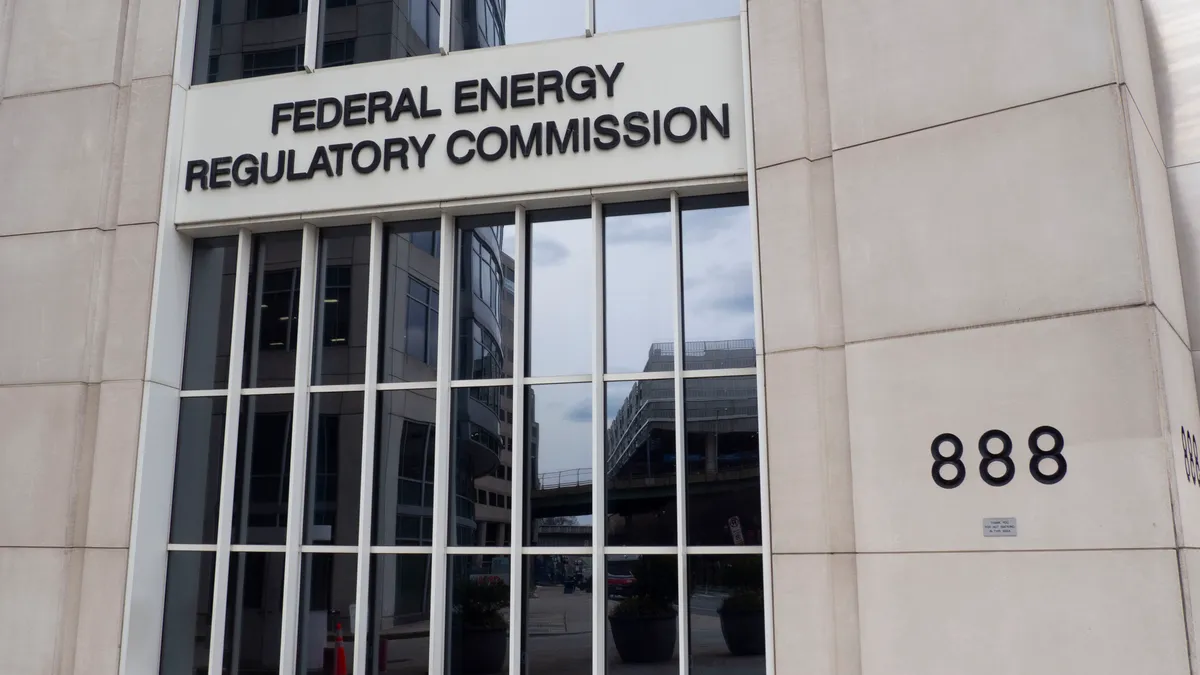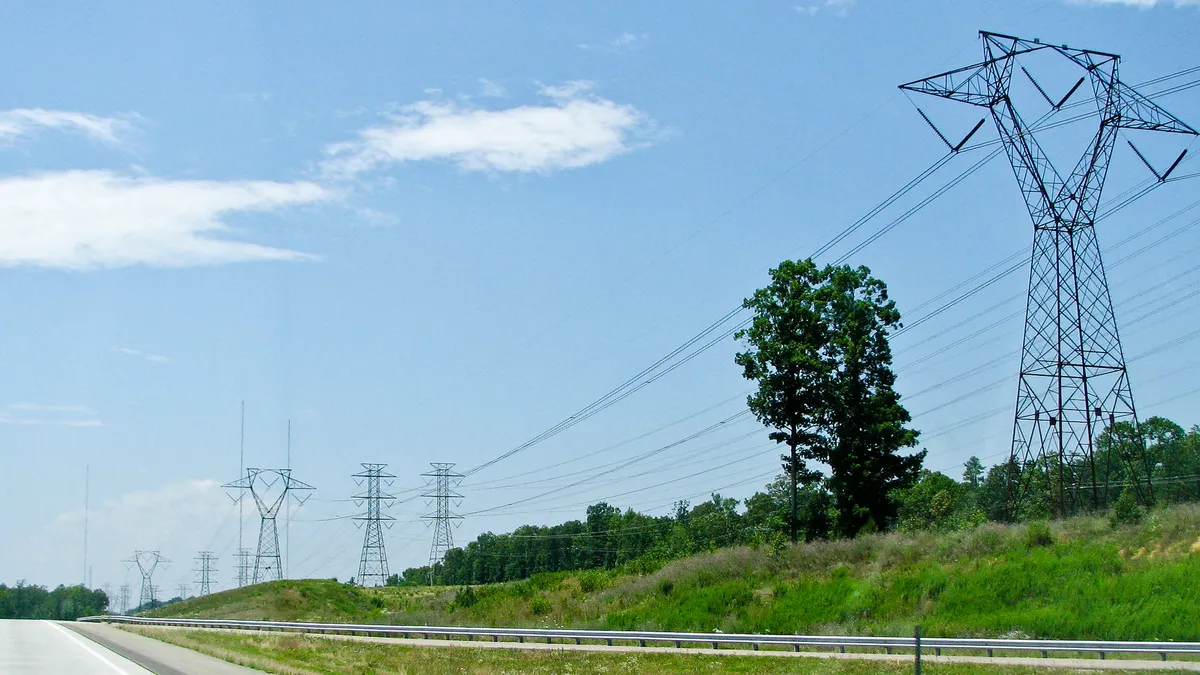The following is a contributed article by Tony Clark, a member of the Federal Energy Regulatory Commission from 2012-2016, a North Dakota Public Service Commissioner from 2001-2012, and now a senior advisor at the law firm of Wilkinson Barker Knauer.
With a leadership change at the Federal Energy Regulatory Commission and the agency back to its full complement of five commissioners, electricity industry observers have begun gazing into the 2021 regulatory crystal ball. Setting the right tone early will send important signals to the marketplace and stakeholders.
During any organizational transition, posting a few early wins can be key to establishing a foundation for ongoing success. FERC should be able to lean in to some current industry trends to move the needle in a positive direction, while also drawing on the agency's own history to avoid pitfalls that have derailed past commission initiatives.
Among the lessons to be learned from the past: collaboration and flexibility are better than confrontation and mandates when it comes to achieving long-lasting change in the federal-state energy policy ecosystem. Take, for example the Standard Market Design (SMD) fight of the early 2000s and the Order 1000 push several years later. Both were born from ambitious visions of a muscular FERC remaking large swaths of the electricity business through top-down, federally mandated rulemakings.
In the case of SMD, the commission eventually backed down in the face of overwhelming state, regional and congressional opposition. In the case of Order 1000, the result was a labyrinthine regulation that has achieved, at best, limited accomplishments gained at significant institutional expense; and, at worst, stymied the development of the sort of projects it sought to promote. In both cases, FERC expended political capital for little return — while sowing seeds of distrust among the state colleagues FERC needs to accomplish positive reforms.
Fortunately, FERC need not take the path of confrontation. One area where FERC should be able to find common ground is in relation to supporting creative bottom-up wholesale market reform efforts that are emerging in the West and in the Southeast. Neither region has embraced full RTO wholesale markets to this point, for reasons that are understandable to those familiar with the historical context from which they evolved. But more recently, the West has seen the expansion of energy imbalance markets. In the Southeast, a new market construct called the Southeast Energy Exchange Market has emerged as an enhancement to better integrate renewable energy across the region while providing customers the benefit of increased scale and accommodating state policy and planning prerogatives.
By fostering these efforts, FERC may be able to achieve forward momentum for initiatives that are regionally tailored and consumer focused. Were FERC to choose the path of confrontation however, either through heavy-handed intervention or outright rejection of these incremental efforts in favor of its own more grandiose, one-size fits all market design, it will have the same sort of result as the SMD and Order 1000 misfires.
Another place where FERC can forge consensus is in transmission policy. It's widely accepted that most future grid scenarios include transmission expansion. It is hard to see grid-scale renewables succeeding without it. FERC has plenty of tools to encourage transmission investment. Capital supportive ROEs, a rationalized ROE incentive policy, clear rules on cost recovery and cost allocation, and improved permitting certainty are all policy goals that may be achievable through collaborative efforts with states. At the same time, FERC will need to ignore the siren calls of those who urge the path of confrontation, such as reopening Order 1000 to implement even more onerous regulations, state pre-emption and mandates.
Western and Southeastern market development and transmission expansion aren't the only high-profile electricity matters FERC will oversee. The Eastern capacity market regions of the country have been in turmoil for several years, and the tea leaves all point toward the commission looking to find ways for states to incorporate their energy policy goals into FERC jurisdictional markets. If this new direction signals an openness to flexibility with states across the board, it may well result in an era a significant accomplishment for FERC. But if such flexibility extends only to states operating in Eastern capacity markets, while imposing a FERC-mandated vision on other regions, then we shouldn't be surprised if acrimony and gridlock with states re-emerges.
Concrete, achievable wins are within grasp, but only if FERC learns the lessons of the past. Collaboration is the key. And when it comes to regional markets and transmission investment, FERC should collaborate with the states, recognize that regionalization is not one-size fits all, and support creative solutions that promote increased scale and deliver customer benefits.


